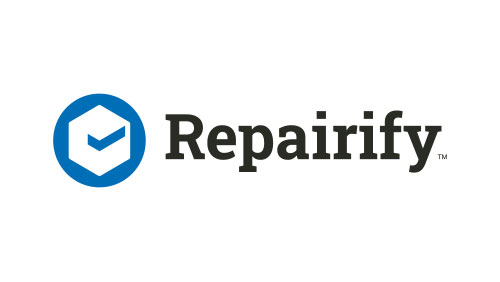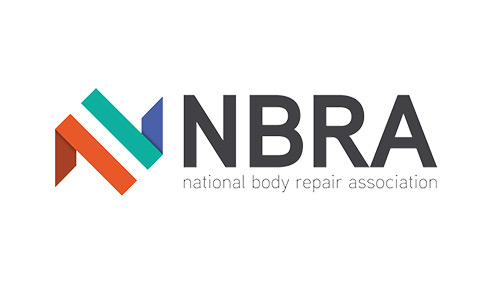The gender disparity within automotive is holding both the industry and women back. It is up to major organisations to initiate a lasting change.
In this contributed feature, Victoria Repice, SVP – Product Management, Solera, considers the issue.
The automotive industry is grappling with a shortage of skilled technicians, with recent data showing a vacancy rate of 4.3 per 100 employees – 43% higher than the average across all other sectors. On top of this issue is the challenge of attracting and retaining a skilled workforce. A perfect storm of issues the industry must grapple with.
Solutions include things like better supported apprenticeship schemes, regular upskilling and pay. However, one less talked about solution is encouraging more women to join the sector. Women currently make up just under 20% of the sector’s workforce – an untapped talent pool that could help the industry thrive.
Why women are the missing puzzle piece
Whilst many job functions are seeing a steady increase in women, such as science and finance for example, the automotive repair industry tells a different story. Initiatives like the 30% Club are fantastic, but there’s no denying progress has been slow, and this imbalance perpetuates the outdated belief that automotive repair is a “man’s job.”
In reality, modern automotive work requires a range of skills that suit any personality type. From more manual work to technical know-how, the skills of a car technician are broad. With vehicles increasingly becoming advanced, technicians must have expertise in diagnostics, software, and data-driven technologies. For example, tasks like software updates and advanced car upgrades, demand technicians with a fresh skill set that combines technical expertise and creative problem-solving.
There is no doubt women can find a place in this world and excel. And by expanding the recruitment pool, the industry can attract fresh perspectives and new skills that will be critical to its future.
How do businesses drive the change?
Diversity must come from within organisations, especially to overcome the stereotype of automotive roles being a perfect fit only for men. But the question remains, how do businesses drive the change? This is where large automotive organisations should step in and drive the change by promoting diversity, equity, and inclusion, setting the stage for other businesses to follow.
Studies show that diverse teams perform better, and gender-diverse teams outperform homogeneous ones by almost 50%. There are clearly benefits to closing the gender gap in the automotive industry that businesses should be taking advantage of. Additionally, by bringing in more women, companies will be onboarding a unique set of skills and perspective that will help them to cater for consumer’s every changing needs.
However, the industry needs to ensure it reaches true inclusion. This involves creating a workplace where every individual feels valued, safe, respected, and empowered to contribute their best. This requires breaking down barriers, challenging stereotypes, providing benefits tailored to their needs and fostering an environment where all employees can thrive.
What is next for automotive?
Reflecting this awareness, the Automotive Council announced initiatives aimed at raising the proportion of women in the automotive workforce to 30% by 2030.
Achieving this goal will require collaborative efforts. To boost the number of women in the industry, creating pathways that make these roles more appealing will be essential.
Female role models and support networks can also accelerate this trend. Many European and North American OEM brands already have women in senior leadership, showing that women can succeed at the highest levels in traditionally male-dominated industries. There is no denying that women serve as a role model to other women.
Companies should also look to prioritise offering dedicated training programmes and implement female mentoring schemes to support the career growth of women, especially technicians, within the sector.
As society progresses, the automotive industry must adopt a more inclusive mindset that values the unique contributions of all employees. In this evolving landscape, women are not just participants—they are essential. While these changes will take time, through collective effort, from leadership to day-to-day operations, we can reshape the future of the automotive industry to be more welcoming and equitable for women.
















